If you live in a cold climate, choosing a dog breed can be key to your pet’s comfort. Some dogs cannot survive in extreme conditions, while other breeds are able to tolerate the cold and harsh winters with ease. In this article, we will look at the most suitable dog breeds for living in cold climates.
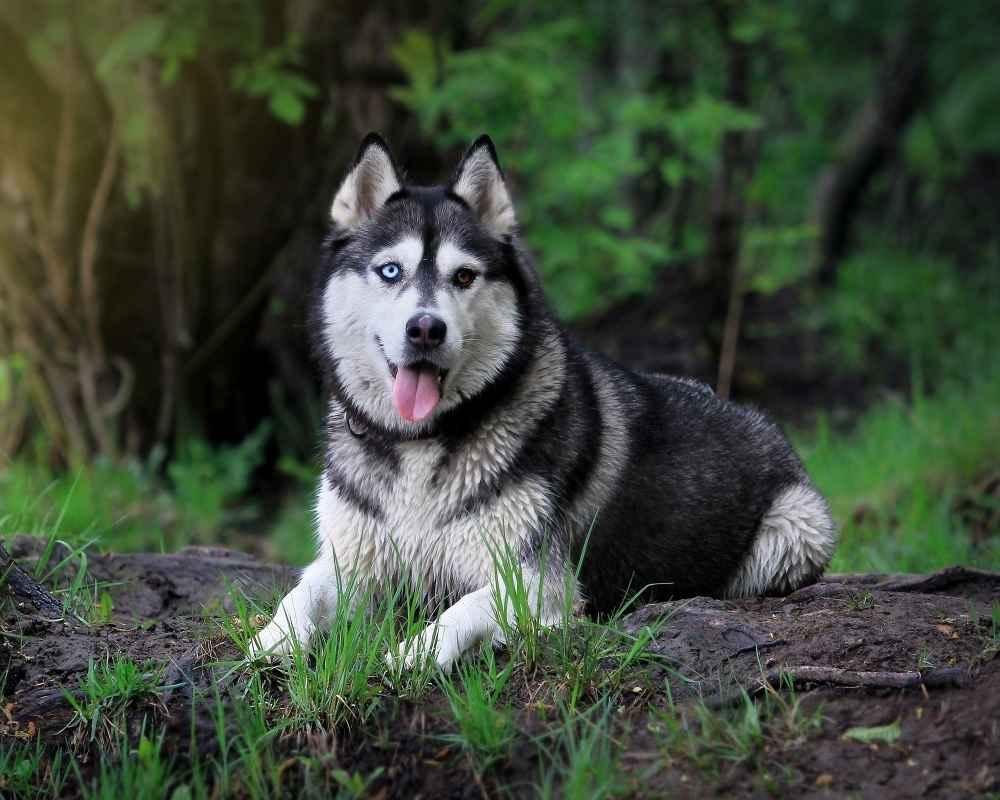
Physiological characteristics of dogs that live in the cold
Before looking at specific breeds of dogs that tolerate the cold well, it is important to understand what physiological traits allow them to survive in extreme conditions.
The most obvious adaptive mechanism is a furry coat that can protect against the cold. In some breeds, such as Huskies, Eskimos and Malamutes, the fur can be so dense that it can be compared to insulation. It is important to note that a fluffy coat not only keeps you warm, but also protects you from the cold wind.
Another physiological mechanism that helps dogs survive in cold conditions is fat. Fat can serve as a source of energy as well as protect the body from the cold. Some breeds, such as Mastiffs and Bernese Sennenhounds, have extra folds in their skin where fat can accumulate.
Dog breeds that tolerate cold and harsh winters easily
- Husky: Huskies are one of the most popular dog breeds that tolerate the cold well. They have a dense double coat and adapt quickly to cold climatic conditions. Huskies have been bred for extreme conditions such as sledding and ski crossings in the Arctic, so they are well suited for life in cold regions.
- Malamute: The Malamute is another breed that has been bred to work in harsh Arctic terrain. They have a dense and thick double coat that protects them from the cold. Malamutes are large dogs, which helps them survive in the cold because they have a large body mass that retains heat.
- Samoyed Dog: The Samoyed dog is another breed of dog that has a fluffy, thick coat that protects them from the cold. They were bred in Siberia to work in low temperatures. Samoyeds are small dogs that can live easily in apartments, but they can also live well in cold climates.
- Siberian Husky: The Siberian Husky is another breed that has a dense double coat that protects them from the cold. They were bred in Siberia to work in snow and ice conditions. Siberian Huskies are also known for their endurance and ability to adapt to different climatic conditions.
- Alaskan Malamute: The Alaskan Malamute is another large breed of dog that has a dense double coat that protects them from the cold. They were bred to work in Alaska, where temperatures can drop as low as -50 degrees Celsius. Alaskan Malamutes are known for their strength and endurance, which allows them to work in extreme conditions.
How do I choose a breed to live in cold climates?
When choosing a dog breed to live in cold climates, you should consider not only the physiological characteristics of the breed, but also your own needs and ability to care for the dog.
Dog size and weight: Large dogs, such as Malamutes and Alaskan Malamutes, may be more suitable for living in cold climates than smaller breeds. Large dogs have a large body mass that retains heat, which can help them survive in the cold. However, keep in mind that large dogs require more room to live and a larger portion of food.
Coat care: A fluffy coat can be a great defense against the cold, but it also requires special care. Owners of dogs with fuzzy coats should brush their coats regularly to avoid accumulation of dirt and dead hair. In addition, the coat also requires regular washing and trimming to avoid overheating during the warmer months.
Activity: Dogs that live in colder climates often require more activity to stay healthy and happy. Breeds such as Huskies and Malamutes were bred to work and have high energy levels. Therefore, if you want to choose the right breed for cold weather living, you need to make sure that you are prepared to provide daily exercise for your pet.
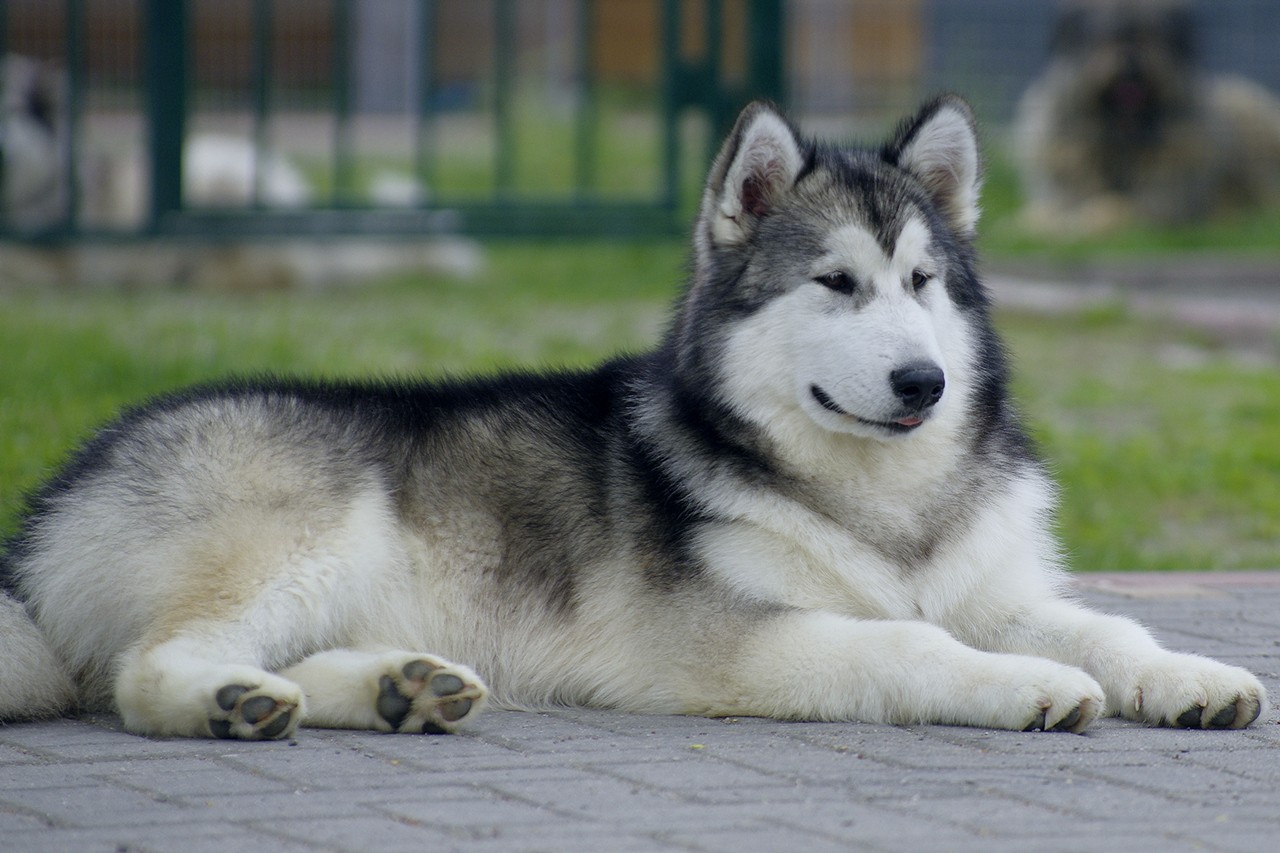
Conclusion
Choosing a dog breed to live in cold climates is an important decision that must be made with many factors in mind. In addition to the physiological characteristics of the breed, owners should consider their ability to care for the pet as well as their level of activity and movement needs. Choosing the right breed

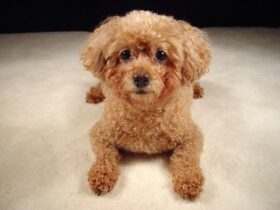
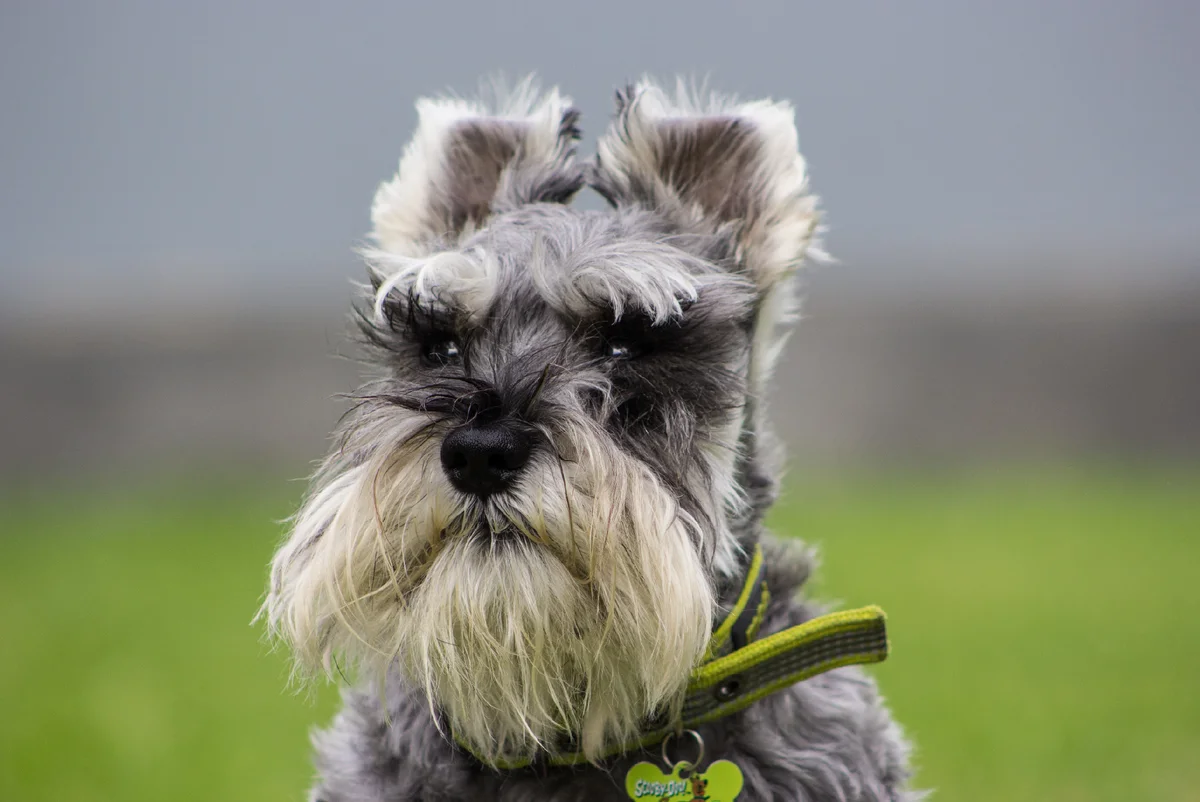
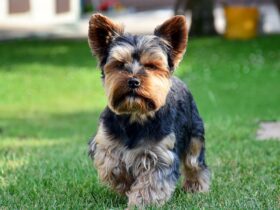
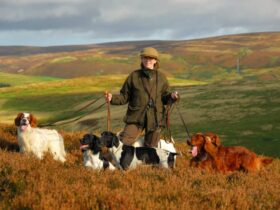
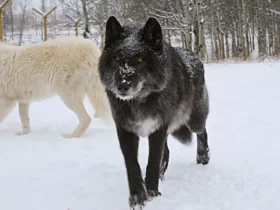
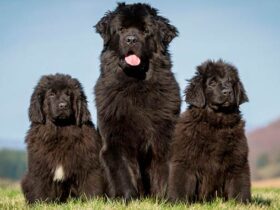
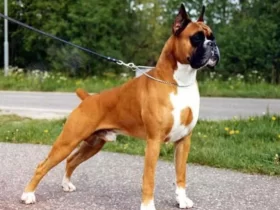
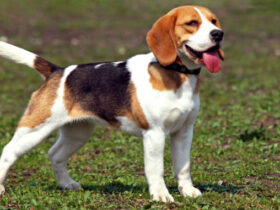
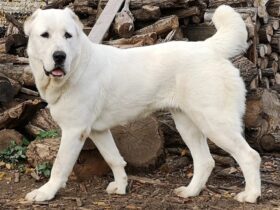


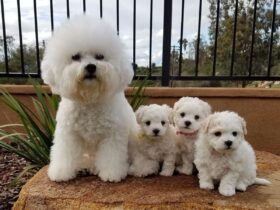
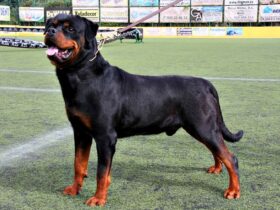
Leave a Reply